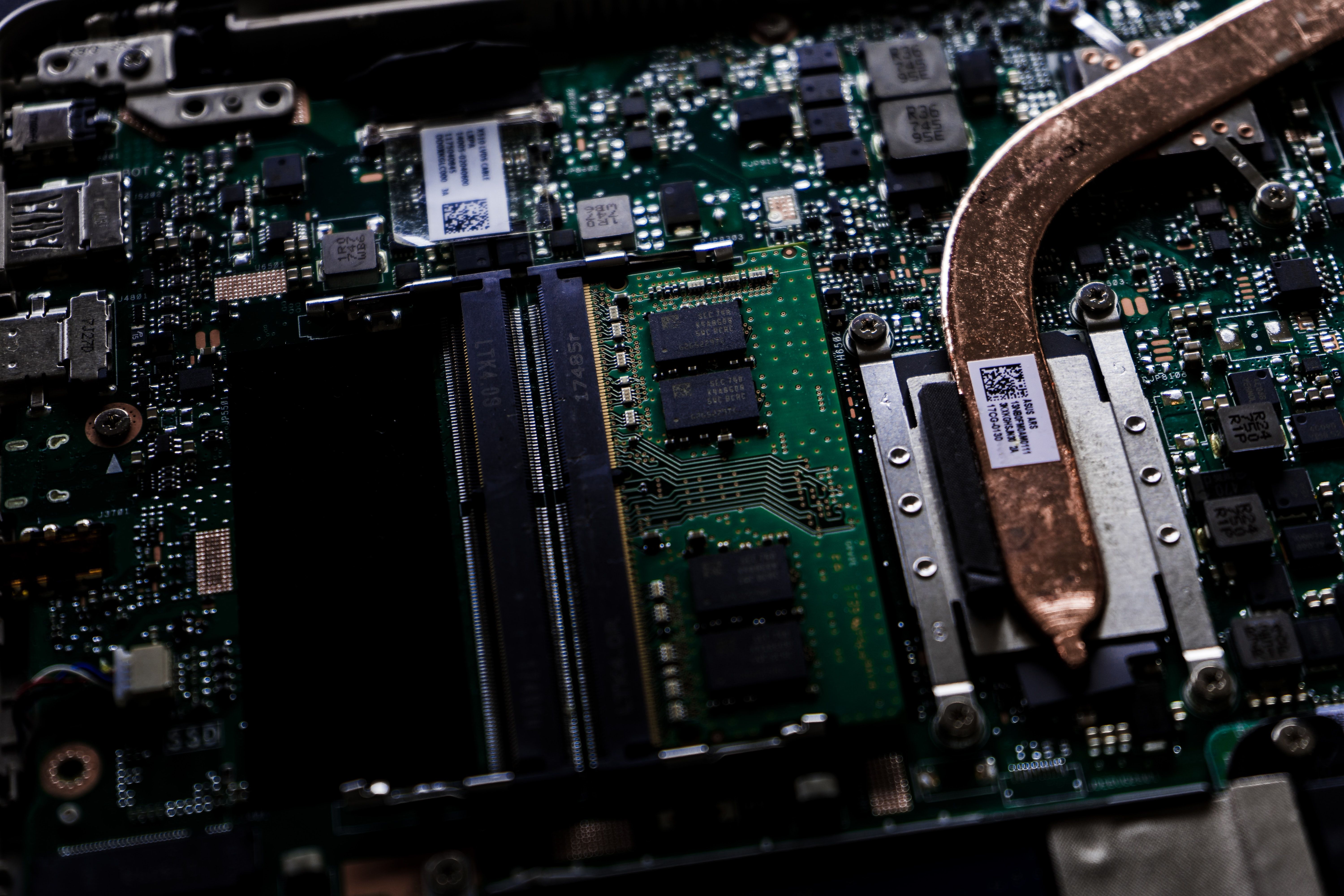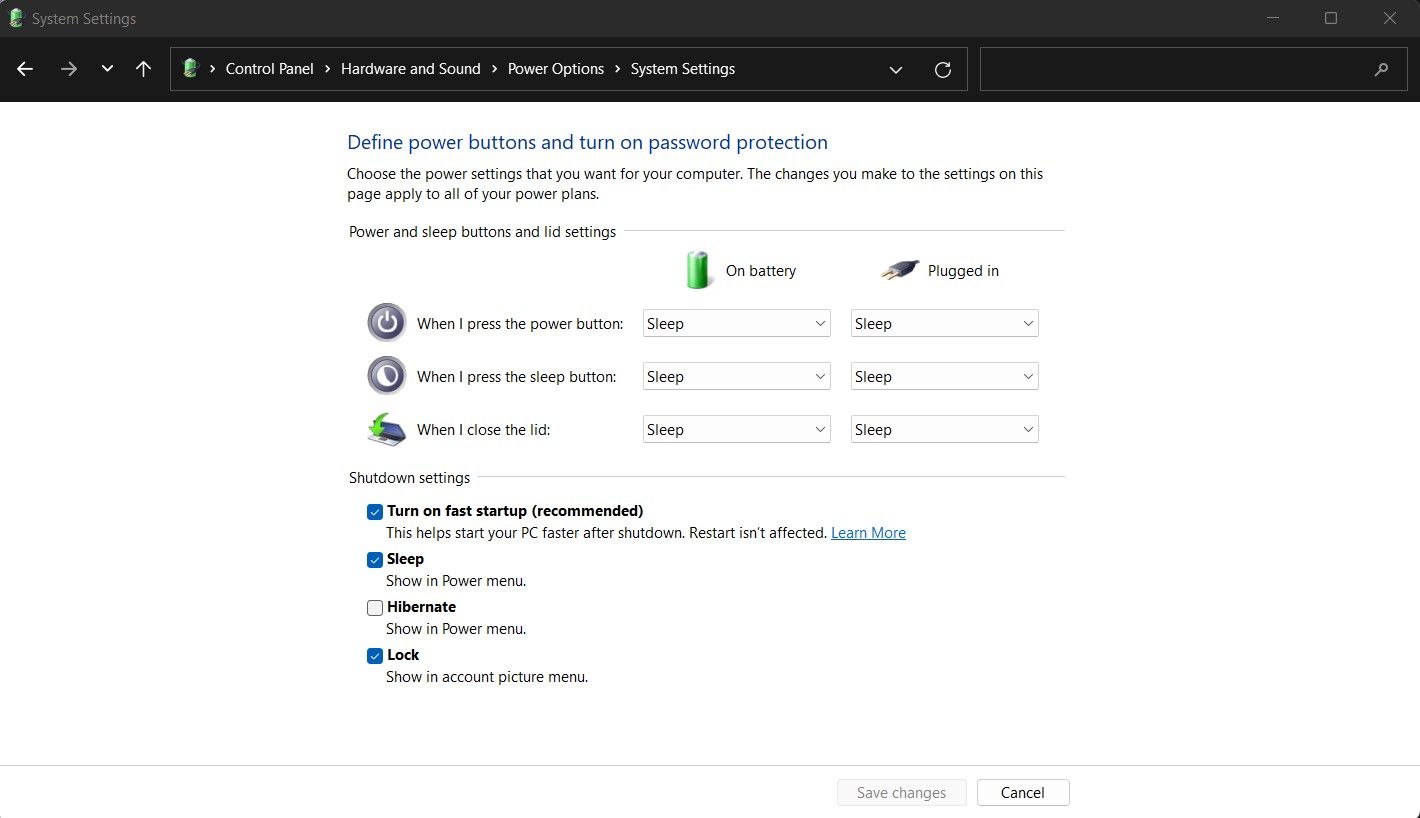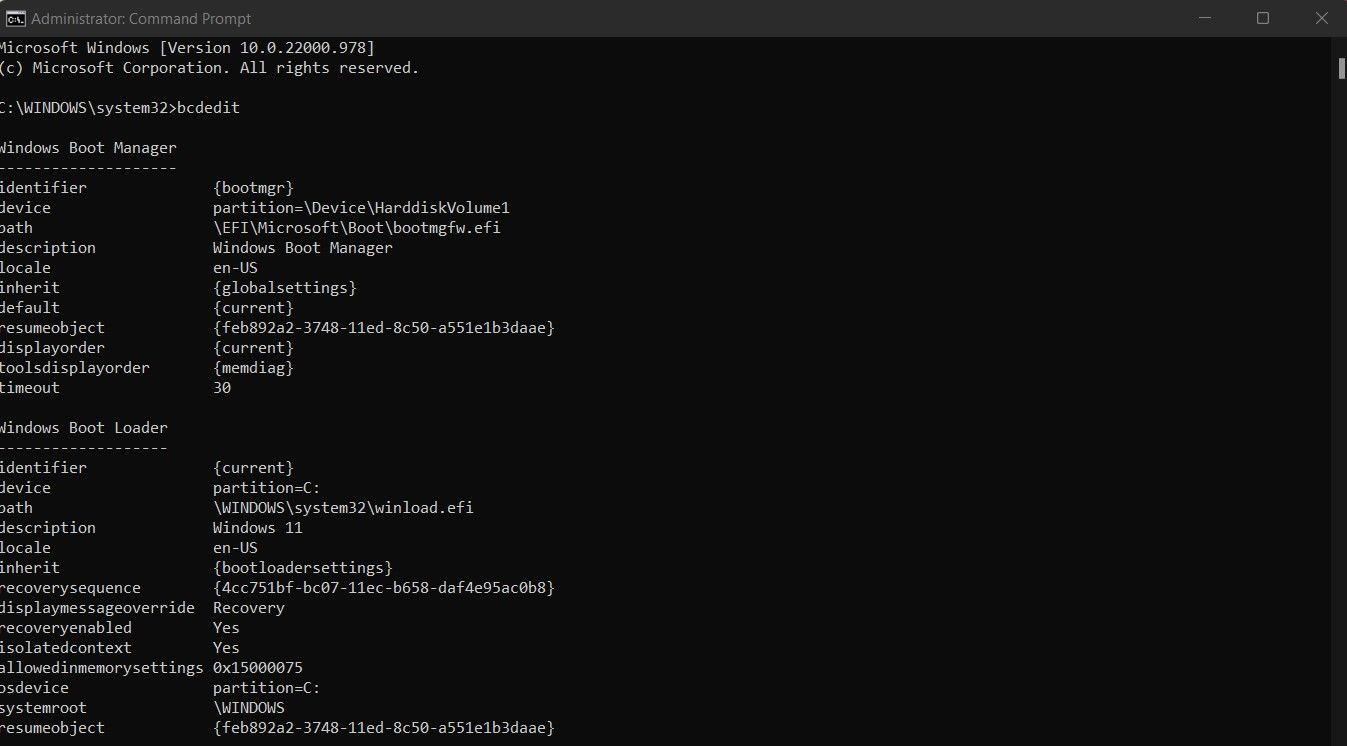
How to Fix GRUB Not Showing in a Dual-Boot Setup
The GRUB bootloader is a essential part of a twin-boot set up. Here is what to do in circumstance GRUB will not load following dual-booting multiple running methods.
Dual-booting is an easy way to try out Linux without having providing up the comfort of Windows. On the other hand, often you could run into difficulties with the GRUB bootloader.
A rare but challenging to deal with concern that twin-boot end users may experience is the GRUB bootloader not demonstrating up through boot-up. Here is how you can fix this rapidly.
1. Modify the GRUB Boot Precedence
Your method boots up with the topmost bootloader in the boot precedence queue. Often, the GRUB bootloader is someway put below the Windows Boot Manager. This outcomes in your Pc booting up to Home windows in its place of Linux. Here’s how you can deal with this:
- Restart your laptop.
- As it boots up, push the F12 or Del essential. This will take you to the UEFI BIOS control panel. Glimpse for Boot configurations and configure the boot precedence. Make certain to put the GRUB bootloader at the top.
- When you’ve got made the modifications, give up and save your modifications. Your Laptop will commence booting up, and this time all around, you ought to be welcomed by the GRUB boot menu. Pick your Linux distribution and strike Enter. Your Linux need to commence booting up.
That is all the methods you want to observe to take care of the GRUB bootloader not demonstrating up because of to a boot precedence concern.
2. Add the Linux Distribution to Boot Entry
In some cases, the Linux boot entry may possibly not appear in the UEFI BIOS. This indicates your Computer system will boot with regardless of what option is left, which in most instances is Home windows. To fix this, manually increase your Linux distribution to the boot entry by restarting your laptop or computer. As it boots up, push the F12 or Del key. This will just take you to the UEFI BIOS management panel.
Look for Boot options and click on on Increase New Entry. Locate the shimx64.efi file and verify your adjustments. Note that this technique may perhaps or may possibly not get the job done for all computers. In situation this doesn’t get the job done for you, test the alternate options.
3. Disable Home windows Fast Boot
The Rapidly Startup attribute in Home windows 10 allows you restart your Computer faster right after shutdown. When enabled, it speeds up boot time by saving your operating process to a hibernation file. A key disadvantage to this attribute is that it usually messes up twin-boot setups. Here is how you can disable this feature:
- Fire up Control Panel and go to Method and Security > Electricity Choices.
- Click on Pick what energy buttons do. This will take you to a new web site. Click on on Alter configurations that are currently unavailable.
- Now you need to be ready to modify the beforehand grayed-out possibilities. Uncheck the Change on fast startup selection and help you save your modifications.
Which is all you will need to do to disable rapid startup. Restart your Computer, and you really should be greeted by GRUB.
4. Use bcdedit to Set Route for grubx64.efi/shimx64.efi
bcdedit is a Windows constructed-in command line utility that helps with troubleshooting boot-linked difficulties. You can use bcdedit to default to GRUB just about every time you boot by defining the path to the GRUB bootloader. Here are the measures to adhere to:
bcdedit /established bootmgr path EFIubuntugrubx64.efi- Fireplace up an elevated command prompt terminal.
- Use bcdedit to outline the route to grubx64.efi on techniques with out protected boot and shimx64.efi on units with protected boot.
- Restart your technique, and you must see the GRUB boot menu.
Modifying boot settings is hazardous, and you may end up breaking your program. So, only use this remedy as a very last resort in circumstance every thing else fails.
GRUB Not Showing Up? Use Windows Boot Manager!
GRUB bootloader can be troublesome to use at occasions. In scenario you can’t repair GRUB at all, try out switching to Home windows Boot Supervisor for a modify. You can boot into different distributions with the Windows Boot Supervisor, just like with GRUB. When it may perhaps not have all the characteristics of GRUB, it does its task as a boot manager.



